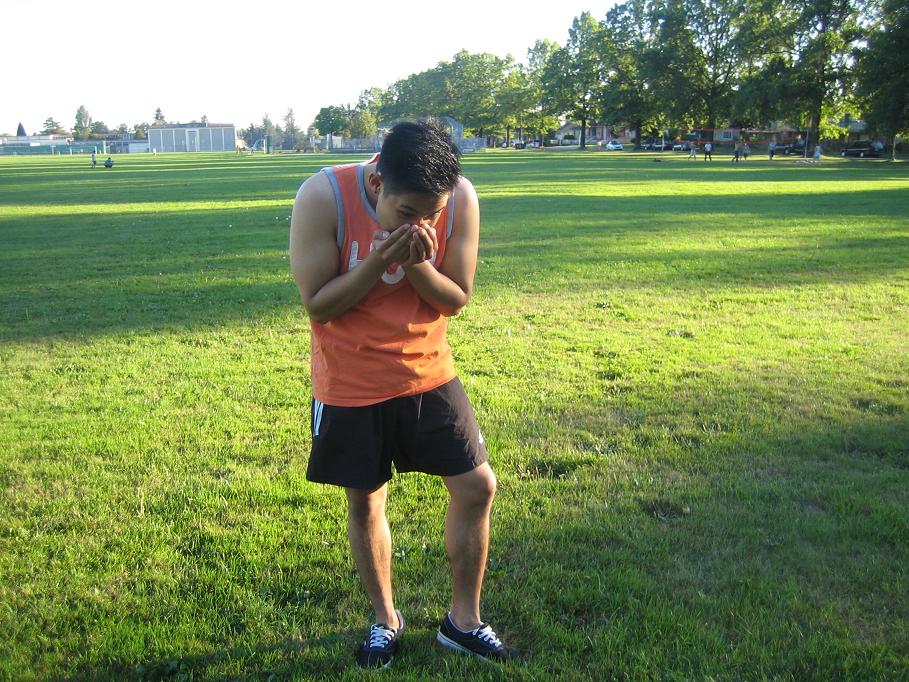Mumps is an infection triggered by the paramyxovirus. It is highly contagious and spreads via saliva in the same manner as common cold or flu. One can acquire the condition when an infected individual sneezes or coughs. In addition, it can also be acquired by touching infected objects.
At the present, mumps is now uncommon after the introduction of the MMR vaccine. It usually affects children who were not given the vaccine. Remember that it is unusual for children below one year to develop mumps.
Indications of mumps
- Pain and swelling of one or both parotid glands. It is important to note that the parotid glands are the main salivary glands positioned beneath the ears.
- Mouth feels dry
- Difficulty and pain while chewing and swallowing
- Fever, headache, tiredness and appetite loss for a few days.
- Mild abdominal pain
Difficulty and pain while chewing and swallowing.
The swelling of the parotid glands typically last for 4-8 days. Take note that this is a mild illness but complications can occur. This is the reason why immunization is vital.
There might be no symptoms or only minor. In rare instances, complications alone manifest without the nasal symptoms.
Management
There are no available medications that can eliminate the mumps virus. In most cases, the condition improves over a span of a week without any lasting issues. The treatment is aimed on alleviating the symptoms until the immune system clears the virus.
- Pain medications such as ibuprofen or paracetamol can be given to ease the pain and fever.
- Increase the intake of fluids especially if fever is present. Water is the ideal option to provide to children.
- A warm flannel can be held against the sore gland for a soothing effect.
In most cases among children, it only takes 7-10 days for the condition to settle. A doctor should be consulted if a complication is suspected.


